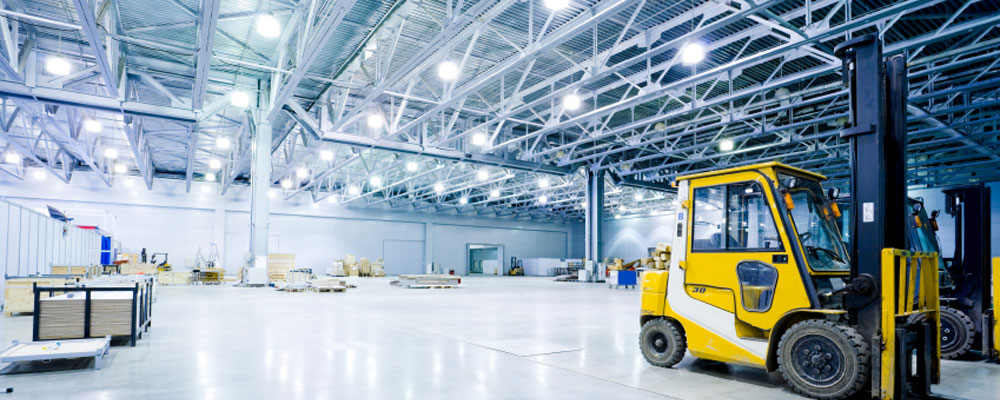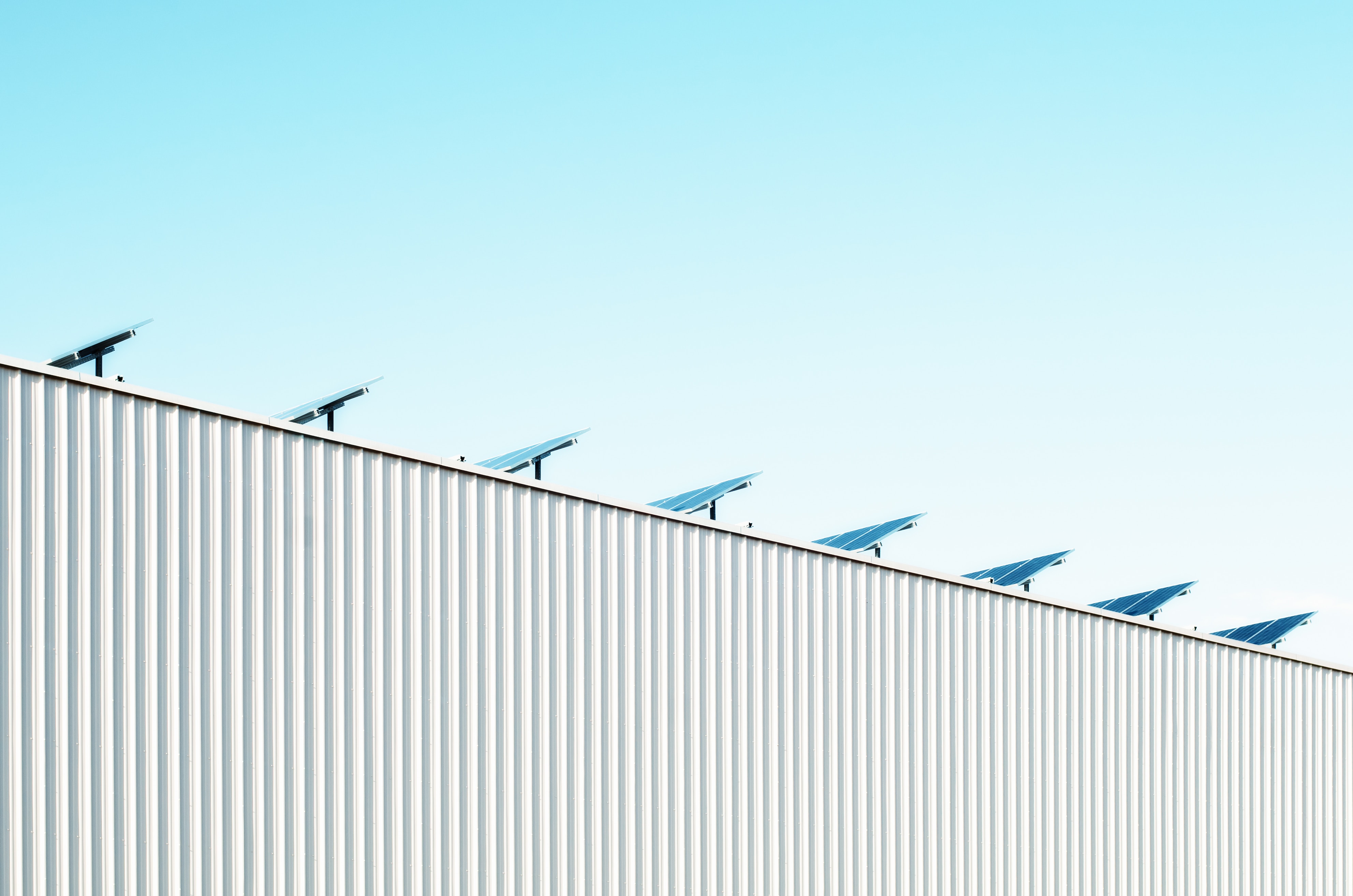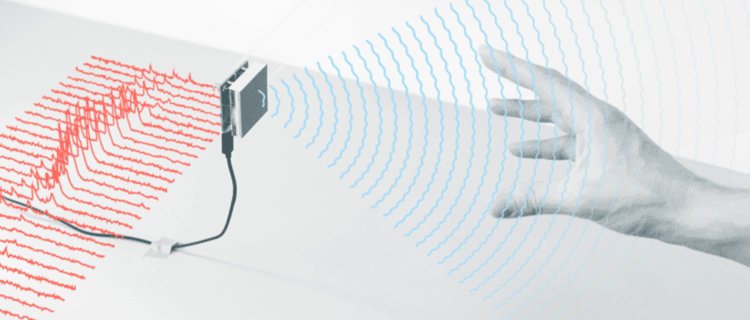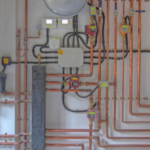7 ways to lower your energy consumption including investment opportunities, manageable changes, and big improvements…
Seek to Understand, Then to Take Control
First things first, you need to understand exactly what asset’s you’ve got that are running an optimal efficiency and which are running at below optimal. The efficiency of your assets can be like a slow puncture on your businesses energy bills and maintenance budget. So, find out what you don’t need to change, and what you do.
Look after your systems
Systems and appliances working below the optimal efficiency, or in need of maintenance tend to use a lot more energy as mentioned, but, they are also at a greater risk of failure, and breakdown. So deciding to make that initial investment into upgrading your systems can be so beneficial to saving you more money in the long-run, and not having to pay out for more costly repairs.
Old HVAC systems can end up draining your budgets over time and just perform inefficiently in general, this ends up impacting the end-users experience of the building if the quality of the environment is reduced, for example, poor air quality, or fluctuating temperature control. By taking the time to implement a preventative maintenance plan your not only looking after these systems, but greatly reducing the risks of breakdowns, costing you less and, causing fewer disruptions to your businesses daily functions.
From the perspective of investment, don’t let the initial expense put you off. Not only will you be making monthly cost savings if the efficiency is improved, but, the value of your property will also rise.
LEDs
This is a no brainer, when you have an entire building full of incandescent light bulbs, you’re wasting a lot of energy. LED bulbs last longer, and only use a quarter of the energy conventional bulbs do, using at least 75% less energy! LEDs also radiate less heat, which could otherwise contribute to high workplace temperatures, uncomfortable employees and more money spent on air conditioning than you would think. And another benefit from not having to replace them as frequently as incandescent light sources; maintenance money and time can be effectively delegated elsewhere.
Water Consumption
Despite the majority of focus being on electricity when talking about energy consumption, over usage of water can make more of a dent in your bills than expected. Simples fixes and a little directed attention can help conserve water. For example, keeping on top of leaks, adding fixtures that restrict water flow through faucets and low-flow toilets which use approx half a gallon less per flush make big differences considering the amount these appliances are used on an everyday basis.
Generate Your Own Energy
Hear us out for a minute. Becoming less dependant on grid-distributed energy will always be cheaper in the long-term planning of your buildings overall costs, but this does, of course, require an initial investment. Thankfully, these days you have many different options to consider, ones which may be a better fit for you than others. From solar panels and wind turbines to biomass boilers and combined heat and power (CHP) systems, with tech improving, costs are lowerings making renewable technology energy sources a viable and realistic option for many businesses, accompanied with short payback periods, renewable investments are looking much more desirable.
Smart Automation Technology
If you’re looking to plan ahead, future proof your building, keep on top of energy consumption easily and use every inch of energy as efficiently as possible, it may be time to go smart. Automation technology is the key to creating sustainable buildings in the future and is another investment opportunity. From thermostats to lighting and asset management, tech can reduce energy consumption dramatically and give you the means and statistics to show it. For example, smart light bulbs automated routines can ensure lights are only ever on when they need to be. How much of a difference do you think this would make? How many times are lights left on when there’s nobody in the room or even the building?
Don’t have the funds to invest in lots of smart tech, if you decide to implement anything, using light dimmers, or motion/occupant sensors can be remarkably useful in reducing your energy consumption, and even as a security/safety measure, spooking burglars as lights turn on, and reducing employee injury by ensuring nobodies stumbling around in the dark, or trying to turn on a light switch whilst carrying heavy goods.
Regulate your Usage by Changing Habits and Behaviour
Employing smart technology isn’t accessible to everyone, therefore taking usage into your own, or, your employee’s hands is necessary if you can’t afford the initial investment. When it comes to energy usage, the little things really do count, make sure occupant users are turning off lights and computer monitors before they leave at night, unplugging equipment such as printers when they’re not in use (they can continue to draw energy even when not in use, or turned off), regularly change your HVAC filters every month during high peak seasons. You can even print of reminder posters by the appliences to remind people. Have a professional perform an energy audit, these insights can be really useful and easily acted upon once you’ve got all the right information.
Up Next, What are the Pros and Cons to Outsourcing Your Facilities Maintenance?











